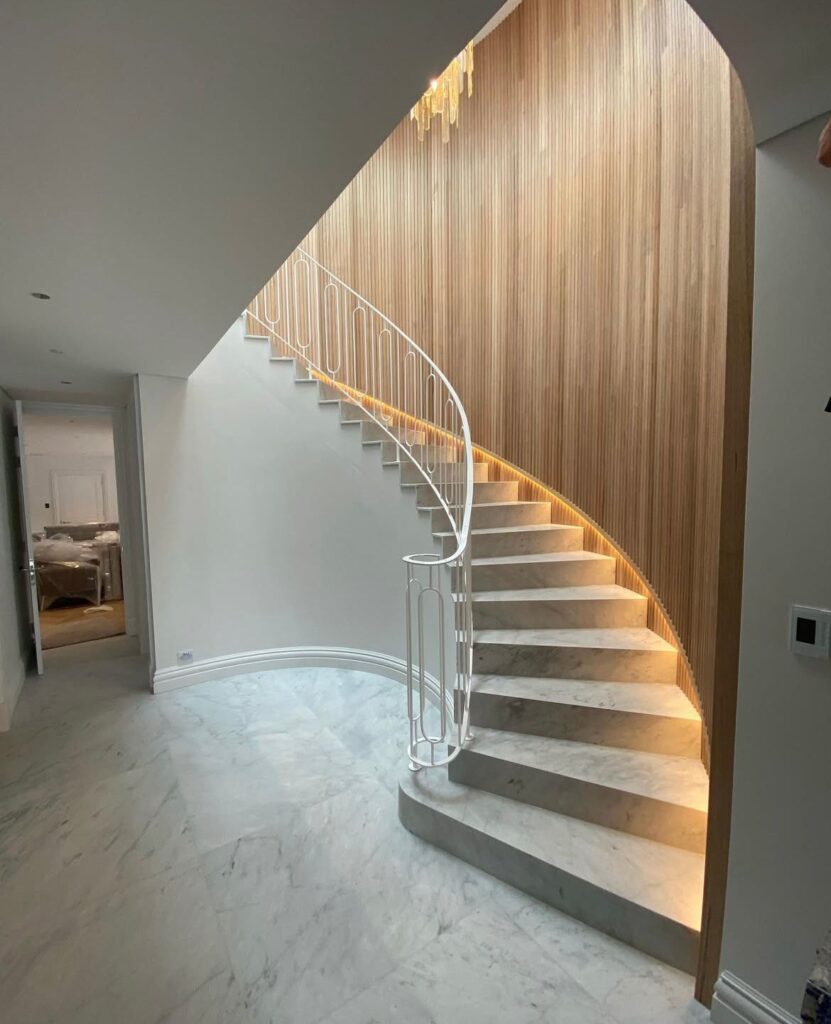Spray painting is a widely used technique for coating surfaces, offering smooth finishes on metal, wood, plastic, and more. Two of the most common approaches are electrostatic spray painting and traditional spray methods. While both serve similar goals, the process, precision, and efficiency vary greatly, especially in commercial or industrial applications.
What Is Traditional Spray Painting?
Traditional spray painting involves applying paint using compressed air or gas. The paint is atomised into tiny droplets and sprayed onto a surface. This method is quick, versatile, and suitable for various substrates. However, it often leads to overspray, uneven coating, and greater wastage, particularly on intricate or metallic surfaces.
What Is Electrostatic Spray Painting?
Electrostatic spray painting uses electrical charges to attract paint to the surface, reducing overspray and ensuring even coverage. The process involves negatively charging the paint particles while the surface is grounded. This creates a magnetic-like attraction, pulling the paint directly to the object. It’s ideal for complex shapes, metal surfaces, and commercial environments seeking durability and cost-efficiency.
This method is widely used in settings like commercial electrostatic painting in Queensland and metal surface painting projects, delivering consistent finishes even on hard-to-reach areas. The result is a smooth, high-gloss coating with minimal touch-up needs and longer durability.
Comparing Precision and Paint Efficiency
One of the main differences between the two techniques is efficiency. Traditional spray painting can waste a significant portion of paint due to bounce-back and overspray. In contrast, electrostatic painting reduces overspray drastically, thanks to the magnetic attraction between paint particles and the grounded object.
This results in greater paint transfer efficiency—often exceeding 90%—making it more sustainable and cost-effective for bulk projects. It’s a popular choice in sectors like office furniture painting, where clean, uniform finishes are essential.
Surface Compatibility and Application Areas
While traditional spray painting is suitable for various materials, including wood, drywall, and plastic, electrostatic painting works best on conductive surfaces—primarily metals. For example, items like metal cabinets, window and door frames, and even automotive parts benefit significantly from the electrostatic method.
Businesses seeking to repaint large volumes of metallic furniture or installations across areas such as Brisbane or Sunshine Coast often turn to electrostatic painting for its professional-grade finish and low operational mess.
Advantages of Electrostatic Painting Over Traditional Methods
Electrostatic spray painting comes with a range of distinct advantages when compared to traditional spray applications:
- Superior Finish Quality: The charged paint adheres evenly, reducing drips and streaks.
- Lower Wastage: Thanks to high transfer efficiency, there’s minimal overspray.
- Quick Dry Time: Coatings dry faster, reducing project downtime.
- Durability: Electrostatic coatings are highly resistant to wear, scratches, and chemicals.
- Cost-Efficient for Large Projects: Less paint used and less clean-up required.
These benefits make it a go-to choice for projects in Toowoomba and Coffs Harbour where industrial-grade finishes are required without sacrificing speed or consistency.
When Should You Choose Traditional Spray Painting?
Traditional spray painting still has its place. It’s especially useful for decorative jobs on surfaces that don’t conduct electricity—like wooden furniture, walls, or custom artwork. It also suits DIY scenarios or when the texture of the finish matters more than the smoothness.
However, for commercial, metal-focused, or large-scale jobs, traditional spray painting often falls short in terms of consistency and cost control.
Choosing the Right Method for Your Project
When deciding between electrostatic and traditional spray painting, consider the surface material, location, desired finish, and efficiency needs. For example:
- Need a uniform, factory-quality finish on metal furniture? Go electrostatic.
- Working with wood or non-metallic items for custom designs? Traditional spray may suit better.
- Running a business requiring repainting of multiple surfaces across Gladstone or Ipswich? The low mess and quick dry time of electrostatic coatings could save both time and money.
At QLD Electrostatic Painters, we offer expert advice tailored to your needs. Learn more about our team on our About Us page.

Why QLD Electrostatic Painters is a Trusted Choice
With a specialised focus on electrostatic coating across Queensland, we deliver commercial-grade finishes with minimal disruption. From anti-graffiti coatings to detailed touch-up and recoating services, our work is backed by precision, experience, and local insight.
Reach out for a tailored quote or to learn which method best suits your project:
📞 0493 871 884
📧 [email protected]
🔗 Contact Us
FAQs
1. Is electrostatic painting better than traditional spray painting for metal surfaces?
Yes. Electrostatic painting is ideal for metal surfaces due to its magnetic attraction process, offering better coverage, less overspray, and a more durable finish.
2. Can electrostatic painting be used indoors?
Absolutely. It’s a clean and efficient method, suitable for indoor applications. Learn more by visiting our post on indoor safety of electrostatic painting.
3. How long does electrostatic paint last?
With proper surface preparation and application, electrostatic paint can last for many years. More details are available in our guide on paint durability.

